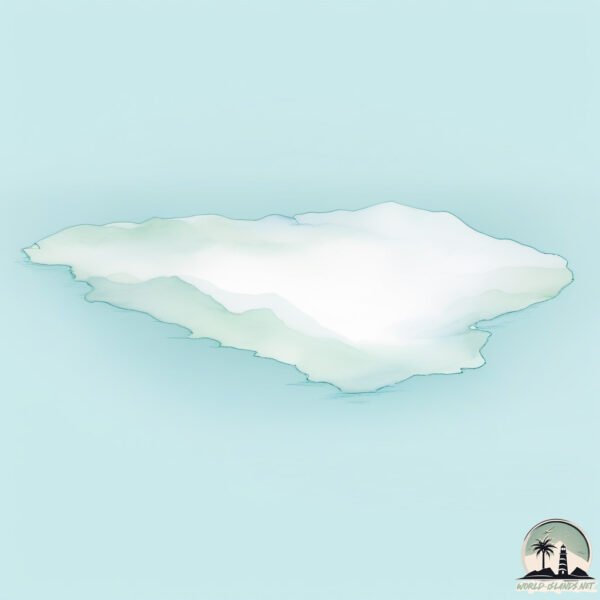Bear

Welcome to Bear, a Polar island in the Norwegian Sea, part of the majestic Arctic Ocean. This guide offers a comprehensive overview of what makes Bear unique – from its geography and climate to its population, infrastructure, and beyond. Dive into the details:
- Geography and Size: Explore the island’s size and location.
- Climate and Weather: Weather patterns and temperature.
- Topography and Nature: Uncover the natural wonders of the island.
- Infrastructure and Travelling: Insights on reaching, staying, and making the most of your visit.
- News and Headlines: Latest News.
Geography and size of Bear
Size: 181.3 km²
Coastline: 68.6 km
Ocean: Arctic Ocean
Sea: Norwegian Sea
Continent: Europe
Bear is a Large Island spanning 181 km² with a coastline of 69 km.
Archipel: Svalbard – A Norwegian archipelago in the Arctic Ocean, known for its rugged remote terrain, polar bears, and as a center for Arctic research.
Tectonic Plate: South America – A major plate covering the South American continent and part of the Atlantic Ocean, known for the Andes mountain range and significant seismic and volcanic activity.
The geographic heart of the island is pinpointed at these coordinates:
Latitude: 74.44367157 / Longitude: 19.04657738
Climate and weather of Bear
Climate Zone: Polar
Climate Details: Tundra
Temperature: Cold
Climate Characteristics: The tundra climate features long, extremely cold winters and short, cool summers. Vegetation is limited to mosses, lichens, and small shrubs due to the low temperatures and short growing seasons. Biodiversity is low, but some specialized species thrive.
Topography and nature of Bear
Timezone: UTC+01:00
Timezone places: Europe/Paris
Max. Elevation: 473 m
Mean Elevation: 105 m
Vegetation: Sparse Vegetation
Tree Coverage: 30%
The mean elevation is 105 m. The highest elevation on the island reaches approximately 473 meters above sea level. The island is characterized by Hills: Gently sloping landforms with rounded tops, having a maximum elevation between 200 and 500 meters. Hills contribute to a varied landscape on islands.
Dominating Vegetation: Sparse Vegetation
These regions have limited plant growth, typically due to extreme conditions like aridity or poor soils. Vegetation is scattered and consists of hardy plant species. Bear has a tree cover of 30 %.
Vegetation: 6 vegetation zones – Very Highly Diverse Island
Islands in this range are ecological powerhouses, showcasing a wide array of vegetation zones. Each zone, from lush rainforests to arid scrublands, coastal mangroves to mountainous regions, contributes to a complex and interdependent ecosystem. These islands are often hotspots of biodiversity, supporting numerous species and intricate ecological processes.
Infrastructure and Travelling to Bear
Does the island have a public airport? no.
There is no public and scheduled airport on Bear. The nearest airport is Tromsø Airport, Langnes, located 518 km away.
Does the island have a major port? no.
There are no major ports on Bear. The closest major port is SORVAER, approximately 518 km away.
The mean population of Bear is 0 per km². Bear is Uninhabited. The island belongs to Norway.
The name of the island resonates across different cultures and languages. Here is how it is known around the world: Arabic: جزيرة الدب; German: Bäreninsel; Spanish: Islote Bear; French: île aux Ours; Portuguese: Ilha Bear; Russian: Медвежий; Chinese: 熊島
Continuing your journey, Nordkvaloya is the next notable island, situated merely km away.
Norway is classified as Developed region: nonG7: Developed economies outside of the Group of Seven, characterized by high income and advanced economic structures. The level of income is High income: OECD.
News – Latest Updates and Headlines from Bear
Stay informed with the most recent news and important headlines from Bear. Here’s a roundup of the latest developments.
Please note: The data used here has been primarily extracted from satellite readings. Deviations from exact values may occur, particularly regarding the height of elevations and population density. Land area and coastline measurements refer to average values at mean high tide.
